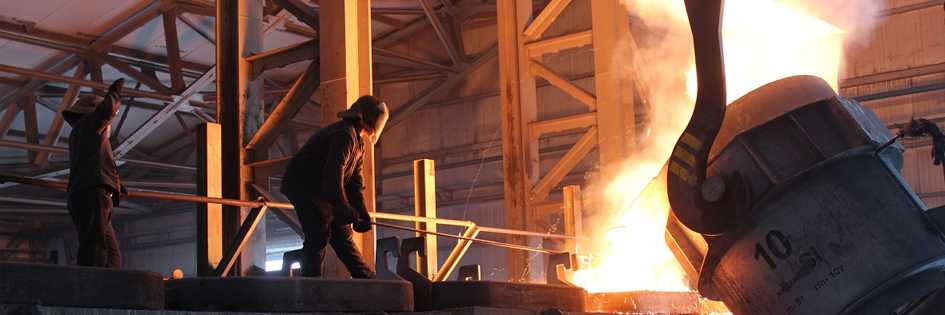Nov . 27, 2024 19:50 Back to list
Wet End Components for Slurry Pump Manufacturing Solutions
Understanding Slurry Pump Wet End Parts A Comprehensive Overview
Slurry pumps play a pivotal role in various industrial applications, particularly in mining, mineral processing, and the chemical industry. They are designed to handle the transportation of abrasive and viscous materials suspended in a liquid medium. One of the most critical components of a slurry pump is its wet end, which consists of various parts that directly interact with the slurry. This article delves into the essential wet end parts of a slurry pump, their functions, and the factors to consider when choosing a factory for manufacturing these components.
What is the Wet End of a Slurry Pump?
The wet end of a slurry pump refers to the portion of the pump that is in direct contact with the slurry. This includes components such as the impeller, casing, wear plates, suction and discharge flanges, and the throatbush. Each of these parts plays a significant role in ensuring the efficient functioning of the slurry pump.
Key Wet End Parts of a Slurry Pump
1. Impeller The impeller is the heart of the slurry pump. It is responsible for converting the mechanical energy from the motor into kinetic energy, which propels the slurry through the pump. The design and material of the impeller are crucial, as they must withstand wear from abrasive materials. High-chrome alloys and elastomer materials are commonly used to enhance durability.
2. Casing The casing encases the impeller and provides the necessary structure for the pump. It is designed to withstand the pressure generated during operation and is typically made from robust materials to ensure longevity. The shape of the casing also contributes to the overall efficiency of the pump.
3. Wear Plates These components are located in areas where wear and abrasion are most likely to occur. Wear plates protect the casing and impeller from excessive wear, thus prolonging the life of the pump. They are often replaceable, allowing for easier maintenance and repairs.
4. Throatbush Positioned between the impeller and the casing, the throatbush aids in maintaining a consistent flow of slurry while minimizing the recirculation of materials. A well-designed throatbush helps in optimizing the pump’s performance.
5. Suction and Discharge Flanges These are the connection points for the inlet and outlet pipes. They are designed for secure attachment to prevent leaks and are typically reinforced to handle the stress of high slurry pressures.
Factors to Consider When Choosing a Wet End Parts Factory
slurry pump wet end parts factory

When selecting a factory for slurry pump wet end parts, several critical factors must be considered
1. Material Quality The longevity and efficiency of slurry pumps are highly dependent on the material used in the manufacturing of wet end parts. Reputable factories should provide components made from high-quality, wear-resistant materials.
2. Customization Options Slurry behavior can vary significantly depending on the application, so the ability to customize wet end parts can be an advantage. Factories that offer tailored solutions can help ensure optimum performance for specific slurry compositions.
3. Manufacturing Technology Advanced manufacturing techniques, such as precision casting and CNC machining, can significantly enhance the quality and performance of wet end components. Factories utilizing modern technology are better equipped to produce high-quality parts.
4. Quality Assurance Processes A factory’s commitment to quality is paramount. Look for manufacturers that implement stringent quality control measures at every stage of production, from material selection to final testing.
5. After-Sales Support Good after-sales service is crucial for the maintenance and longevity of slurry pumps. Factories that offer comprehensive support, including repair, replacement, and technical assistance, can provide added value.
6. Industry Experience A factory with a long-standing history in manufacturing slurry pump parts will likely have the expertise and knowledge to deliver superior products. Their familiarity with various slurry types and applications can help in addressing specific customer needs.
Conclusion
The wet end parts of a slurry pump are vital for its performance and durability in handling challenging slurry applications. Understanding the components, their functions, and the importance of selecting a reliable manufacturing factory can make a significant difference in operational efficiency and cost-effectiveness. By keeping these considerations in mind, industries can enhance their processes and ensure seamless operations when dealing with abrasive and viscous materials.
Investing in high-quality wet end parts will ultimately result in reduced downtime, lower maintenance costs, and increased profitability, solidifying the foundation for successful slurry handling operations.
-
Top Submersible Pump Companies High Quality Manufacturers & Suppliers in China
NewsJul.08,2025
-
High Quality Seal for 5 Inch Dredge Pump Reliable China Manufacturer & Supplier
NewsJul.08,2025
-
High-Efficiency Slurry Sand Pump from Leading China Manufacturer – Durable & Reliable Solutions
NewsJul.07,2025
-
High-Quality Slurry Pump Made in China Durable Steel Mill Slurry Pump & Parts
NewsJul.07,2025
-
High Quality Excavator Dredge Pump Manufacturer & Suppliers from China – Reliable, Durable, Efficient Solutions
NewsJul.07,2025
-
Wholesale Slurry Pump Closed Impeller Supplier High Efficiency China Slurry Pump Closed Impeller
NewsJul.06,2025
